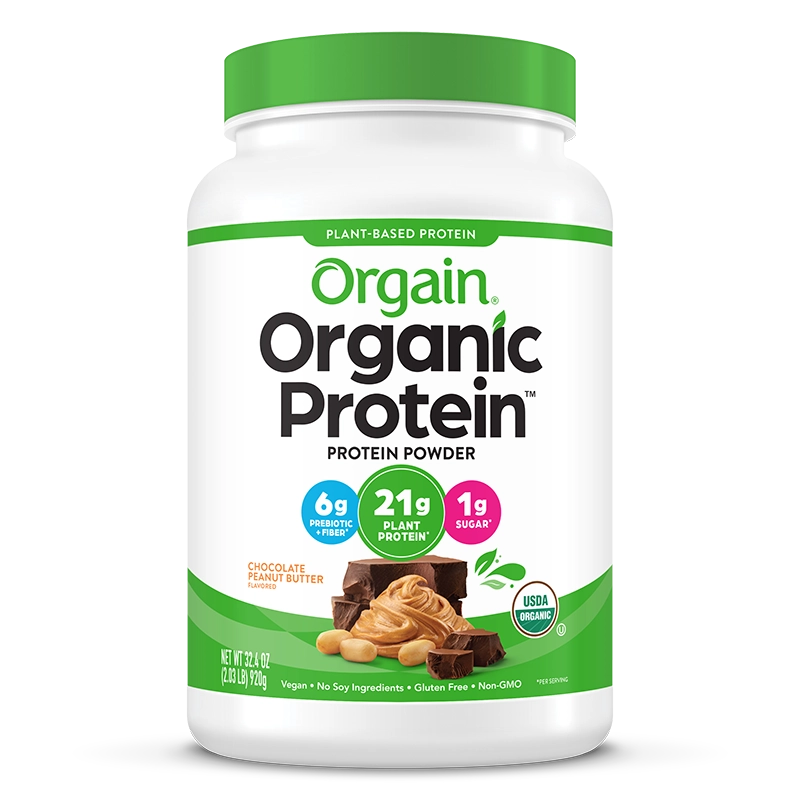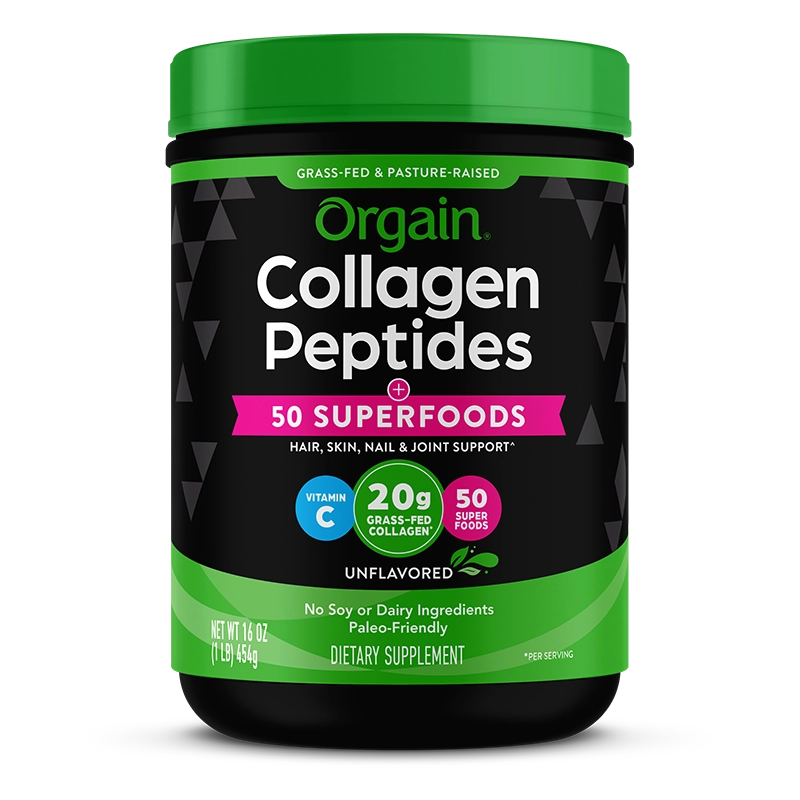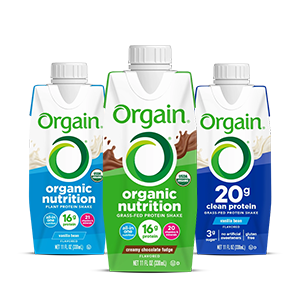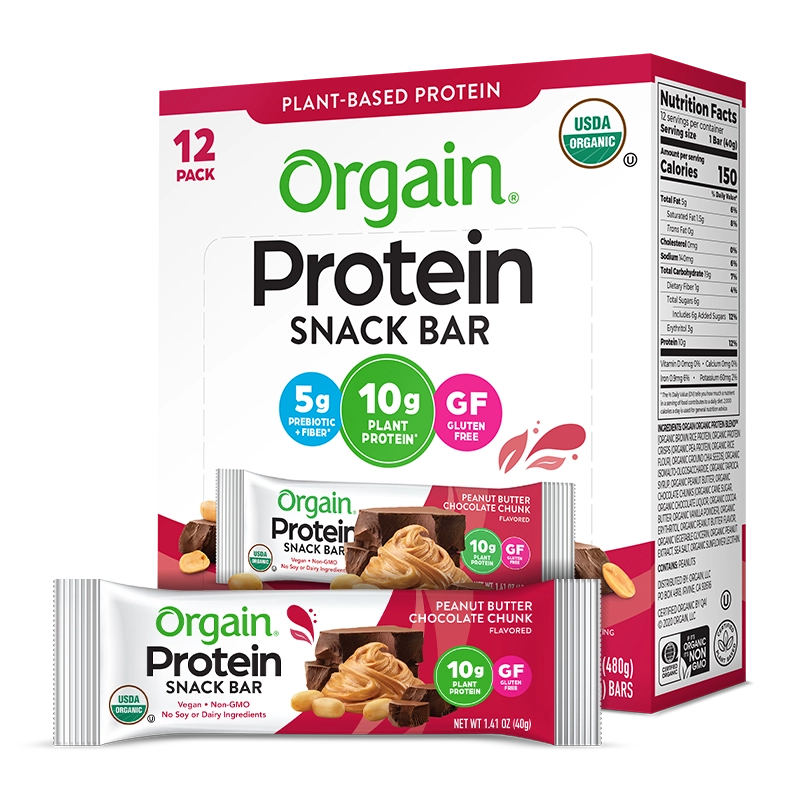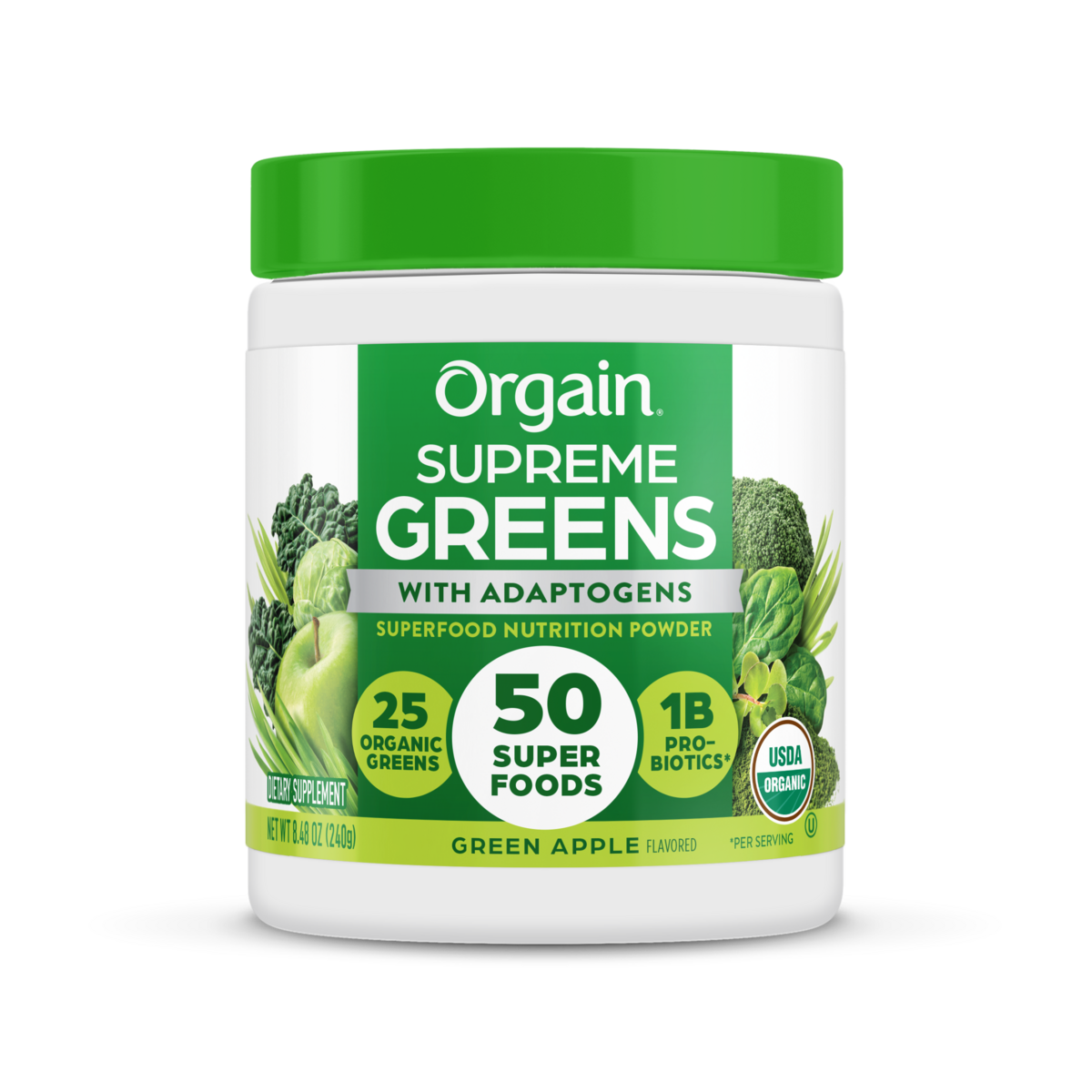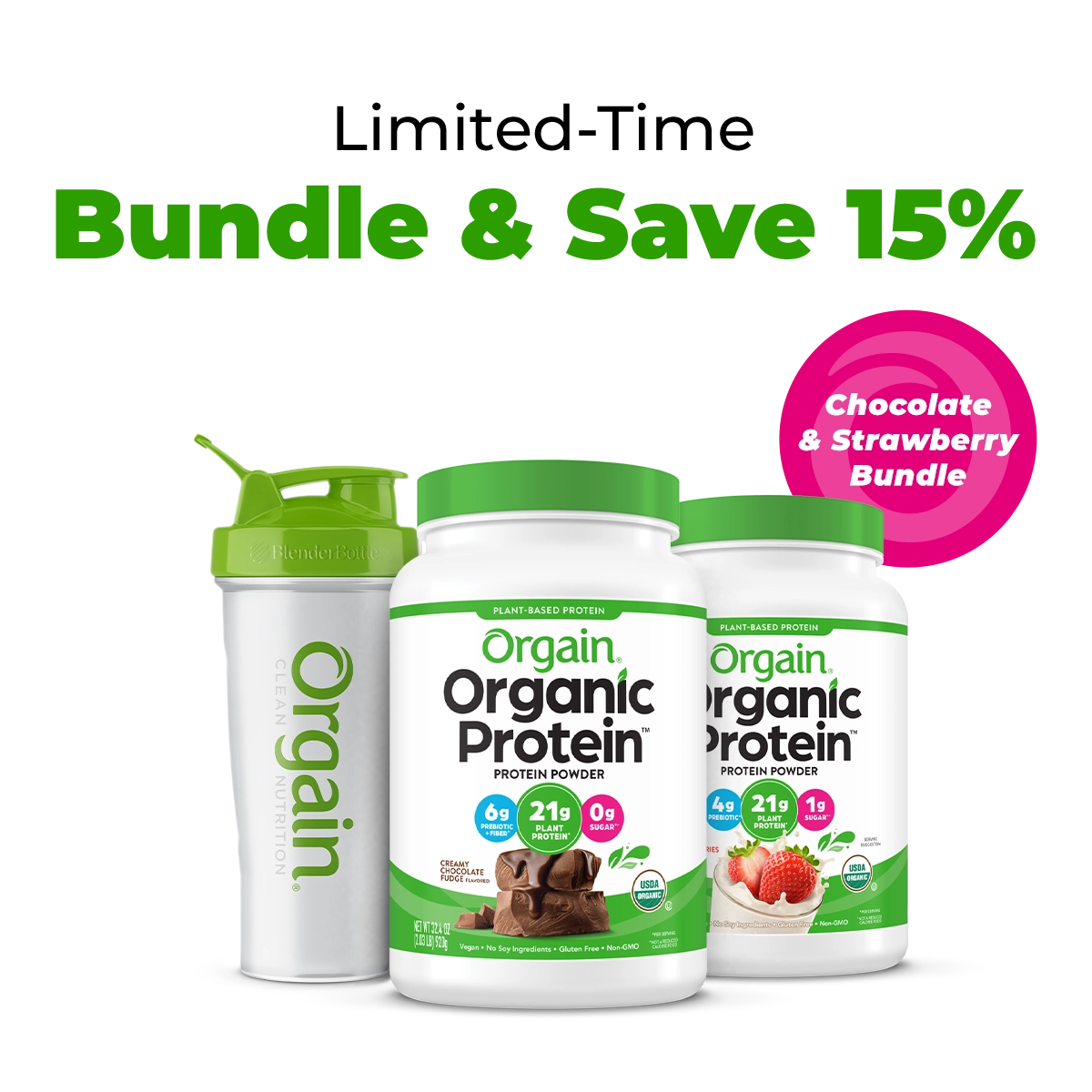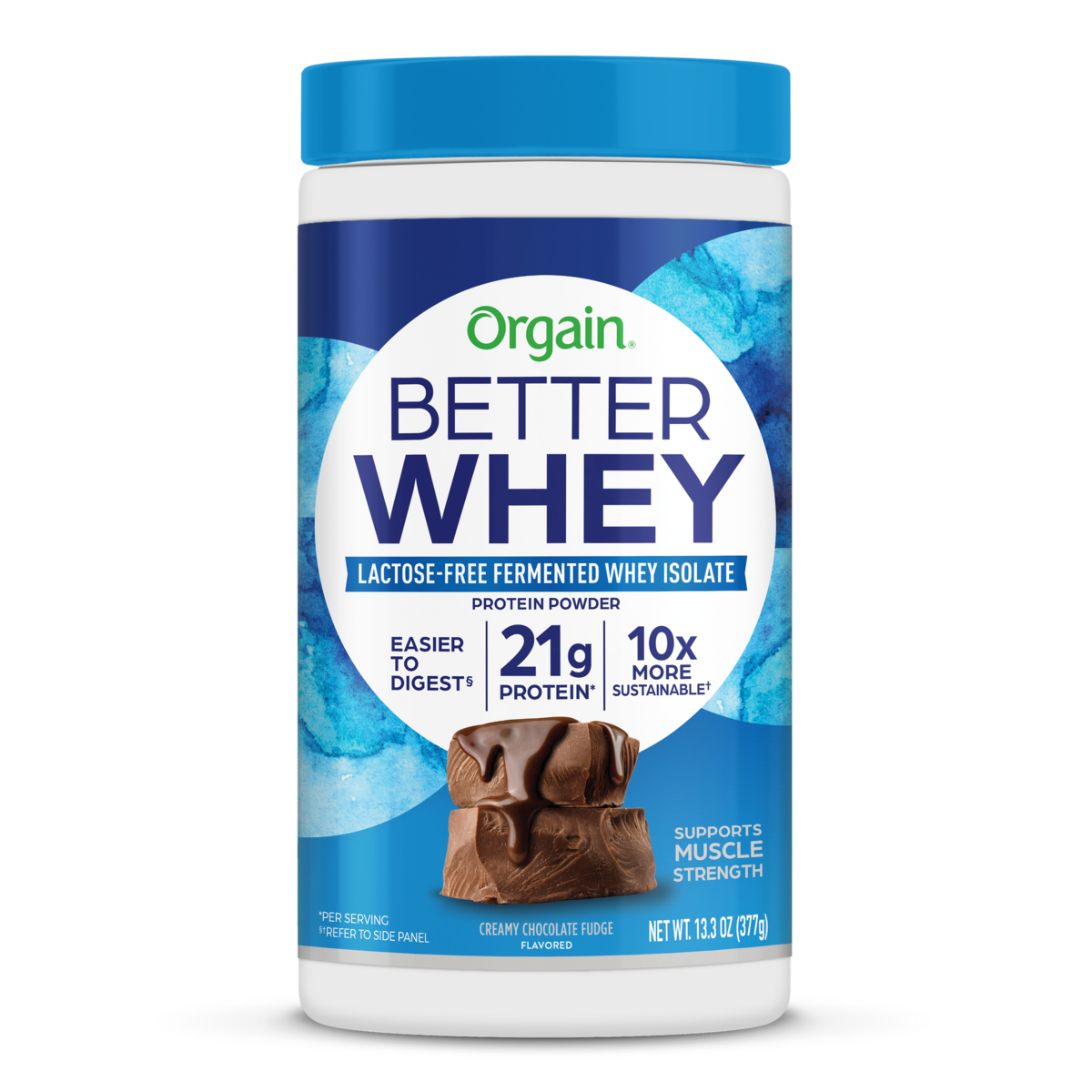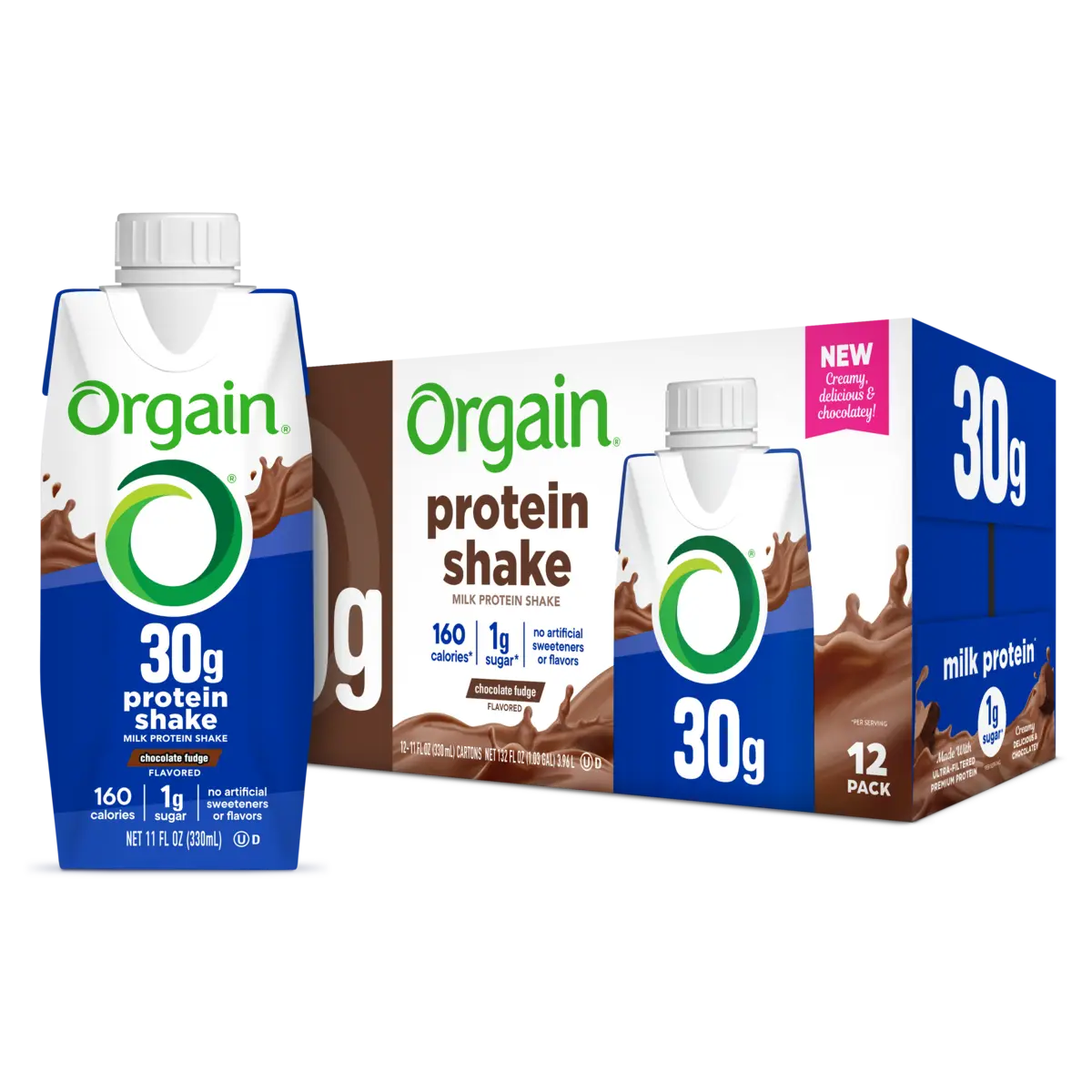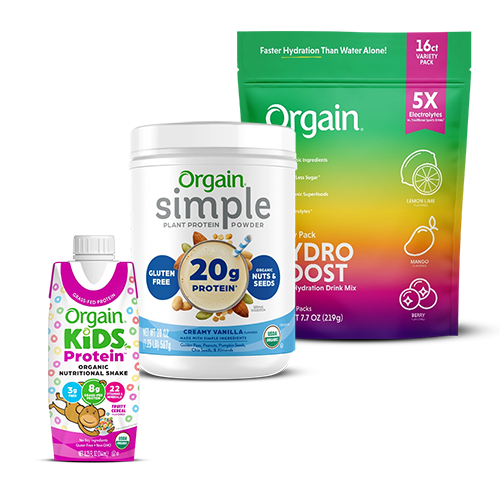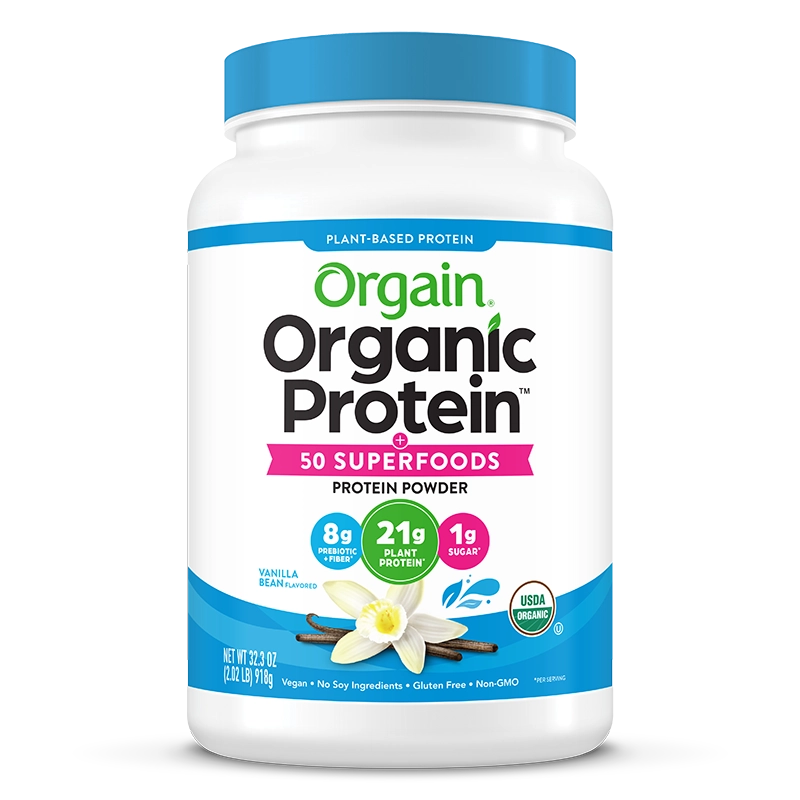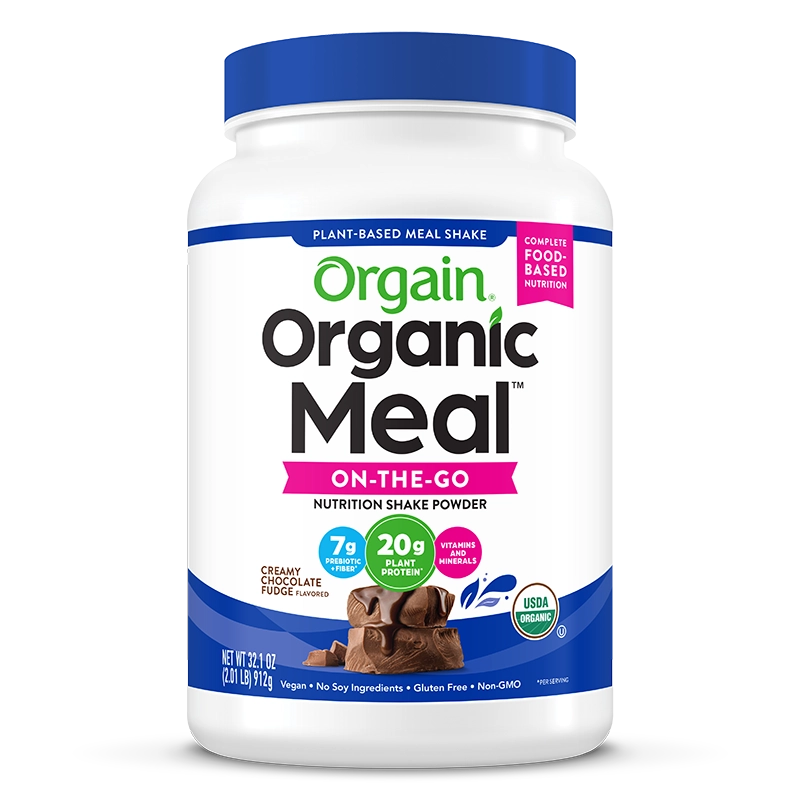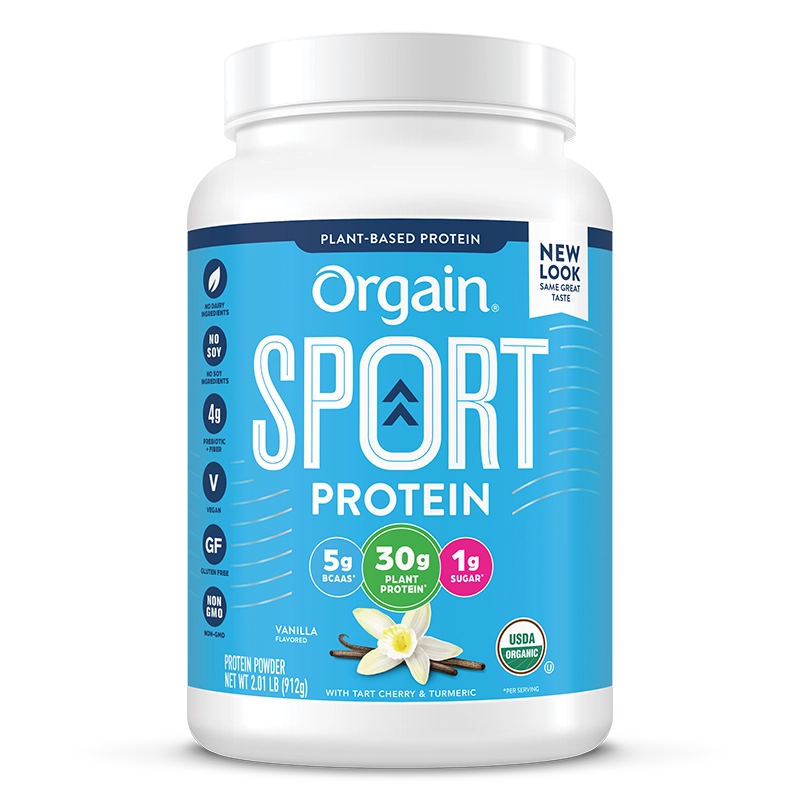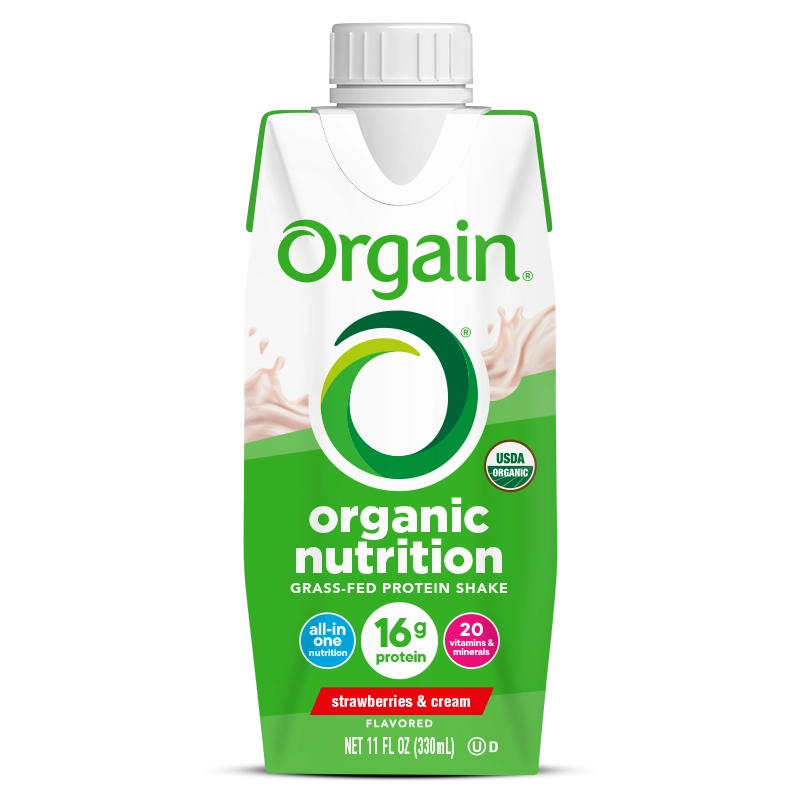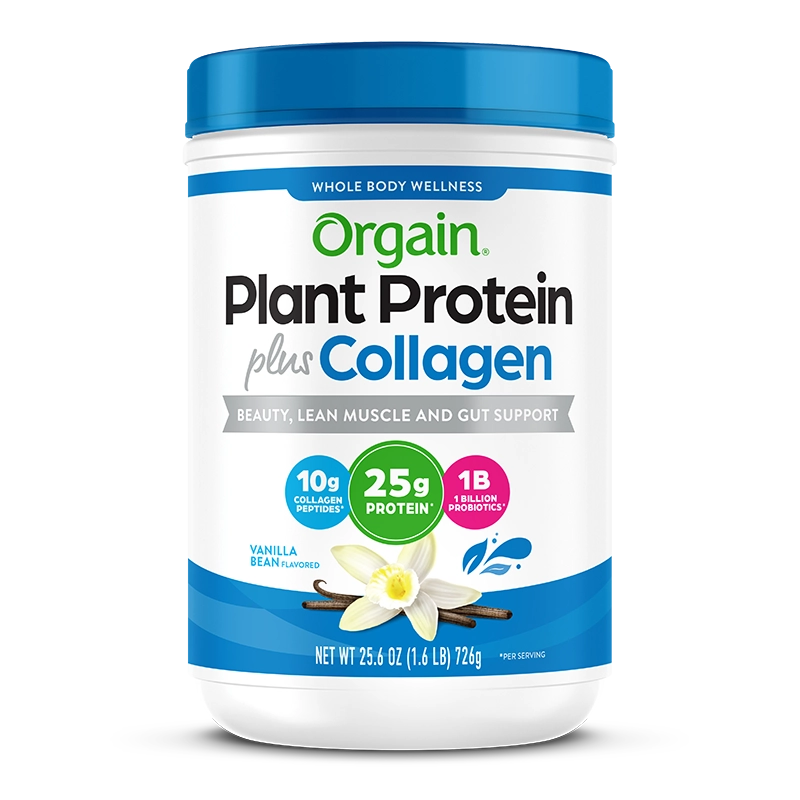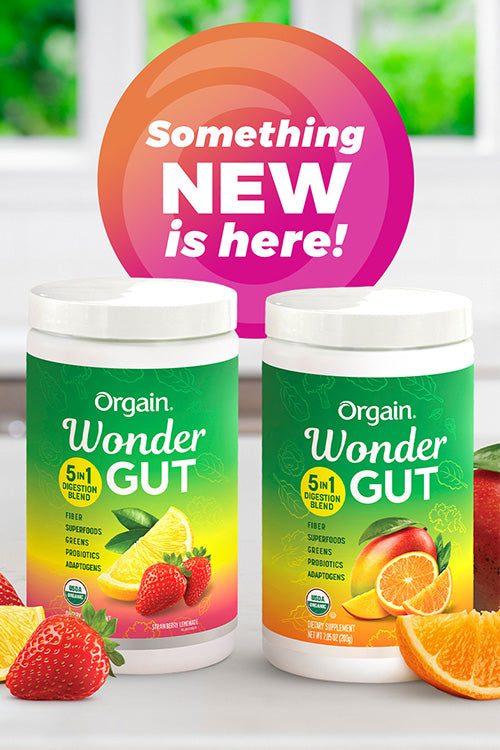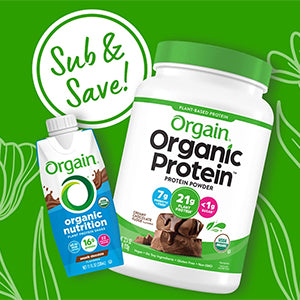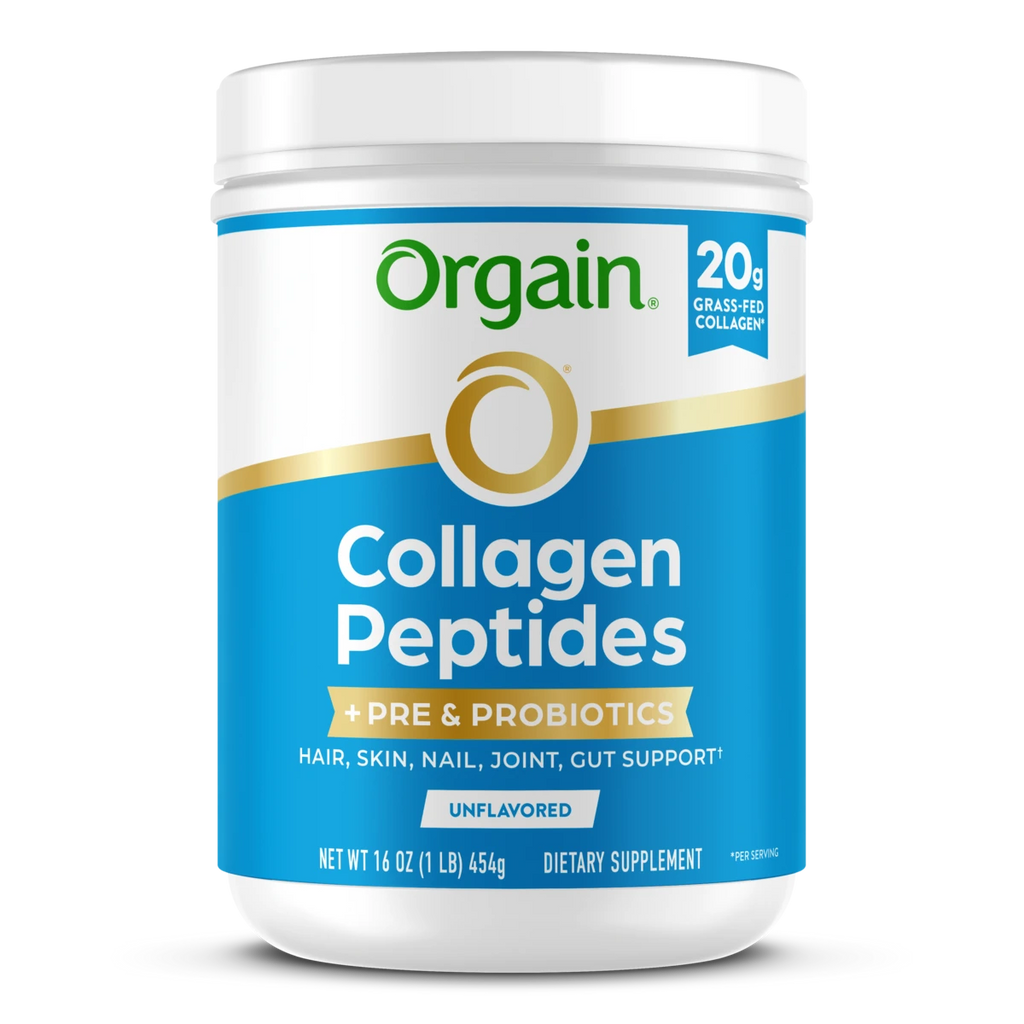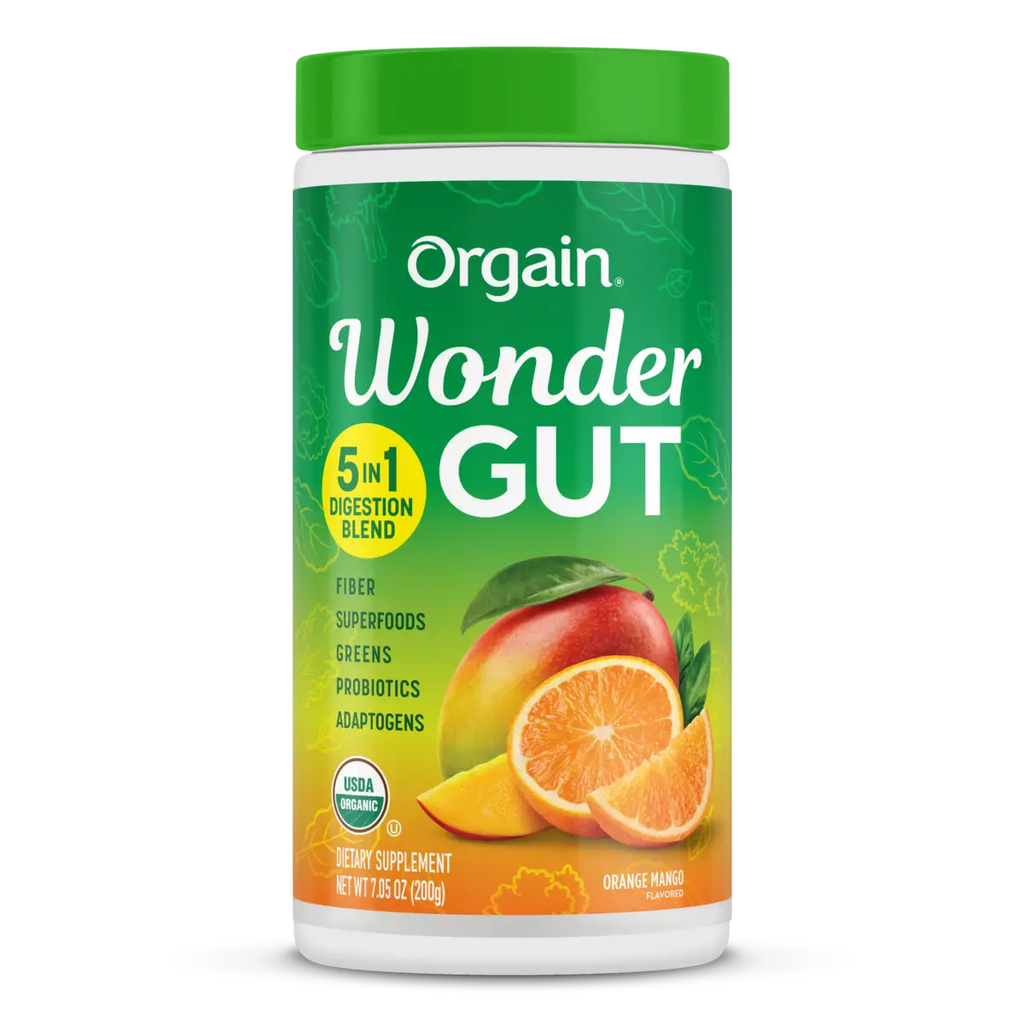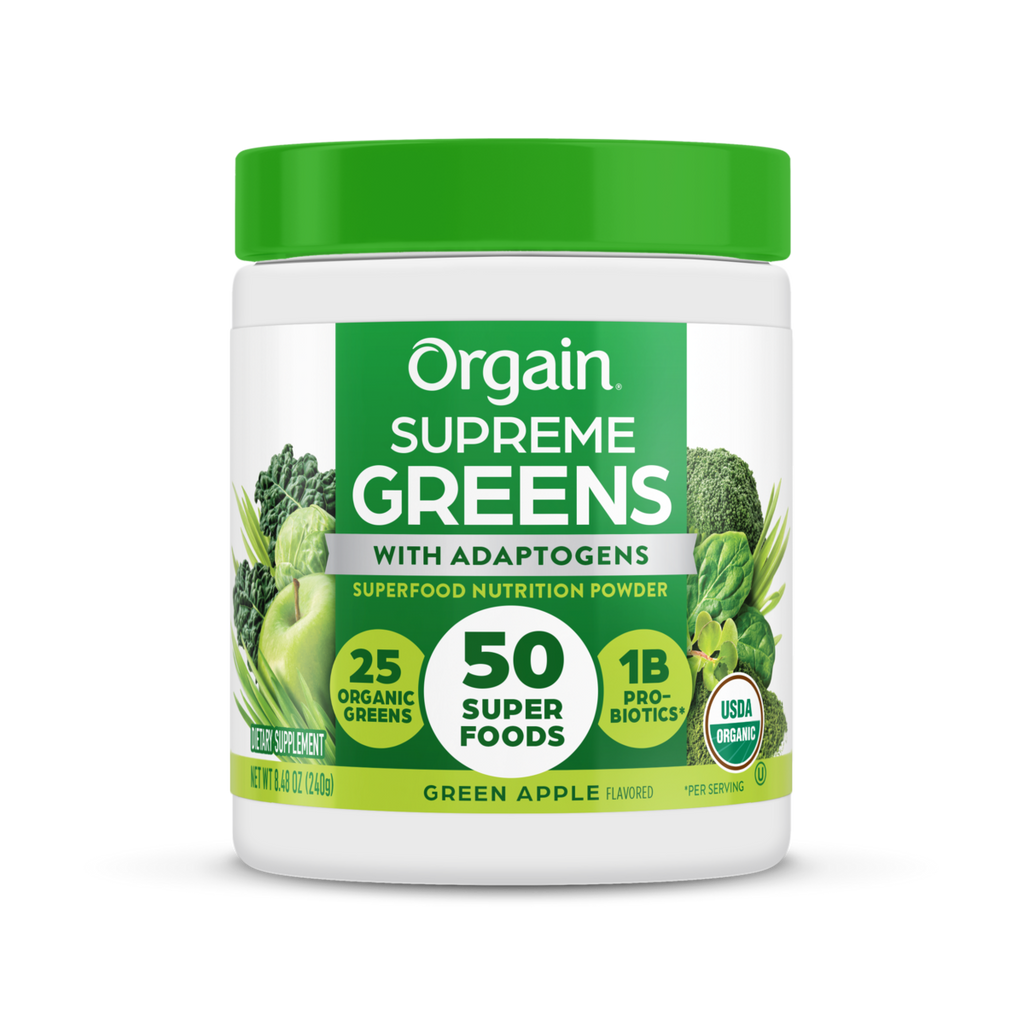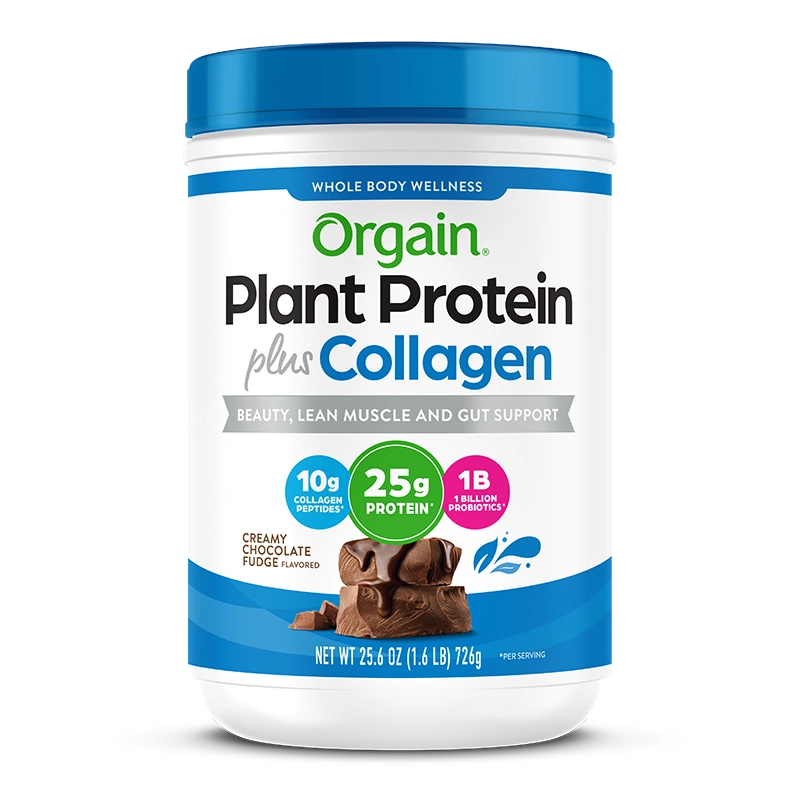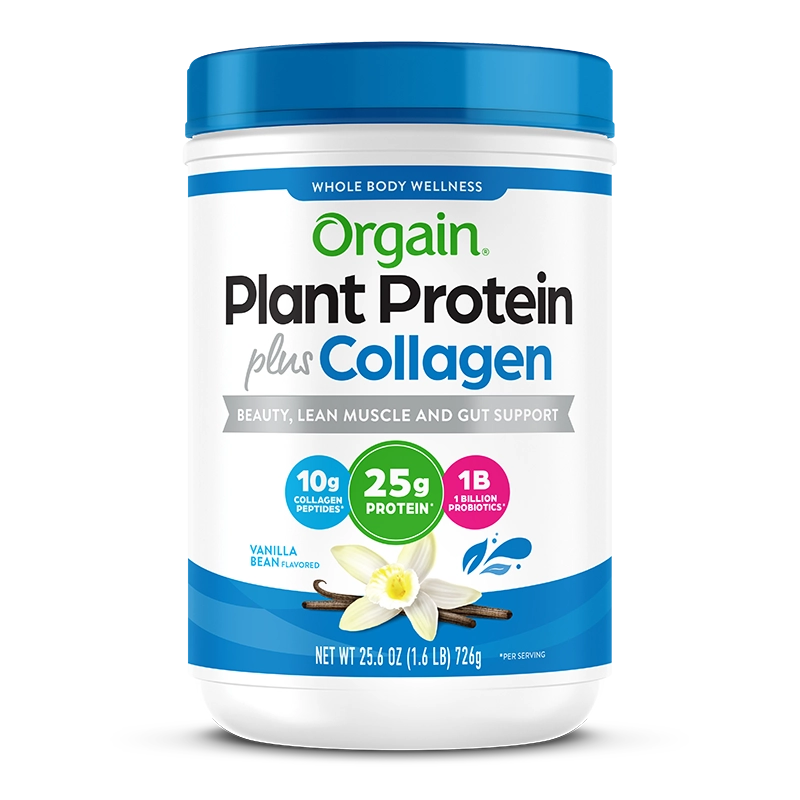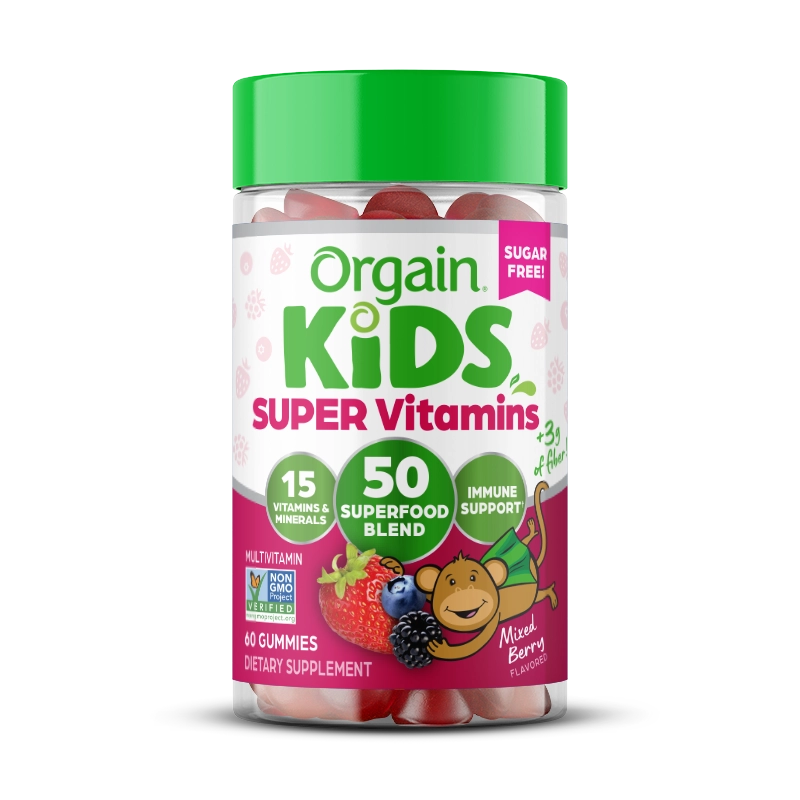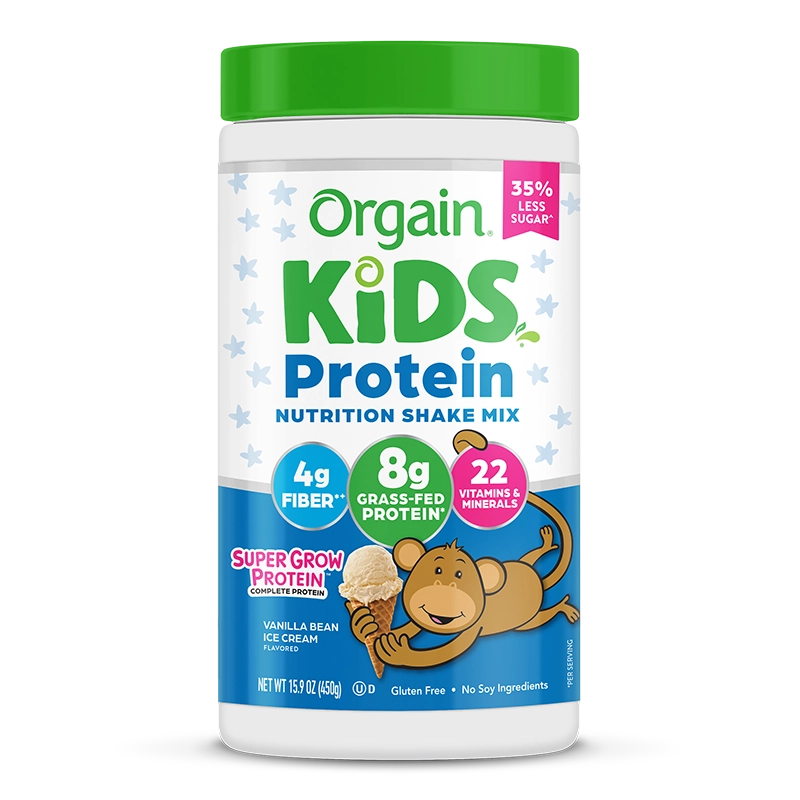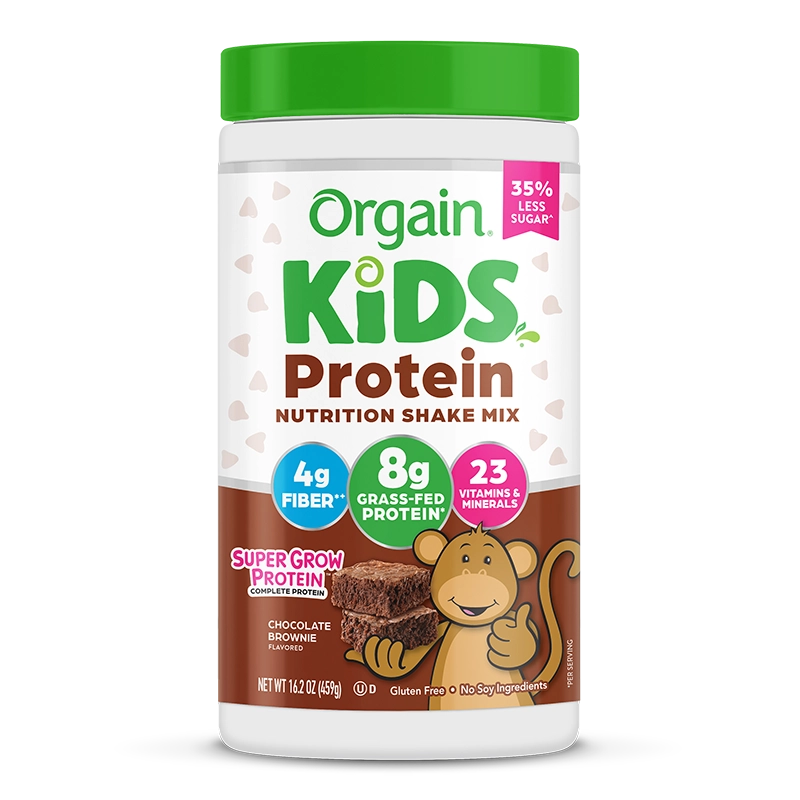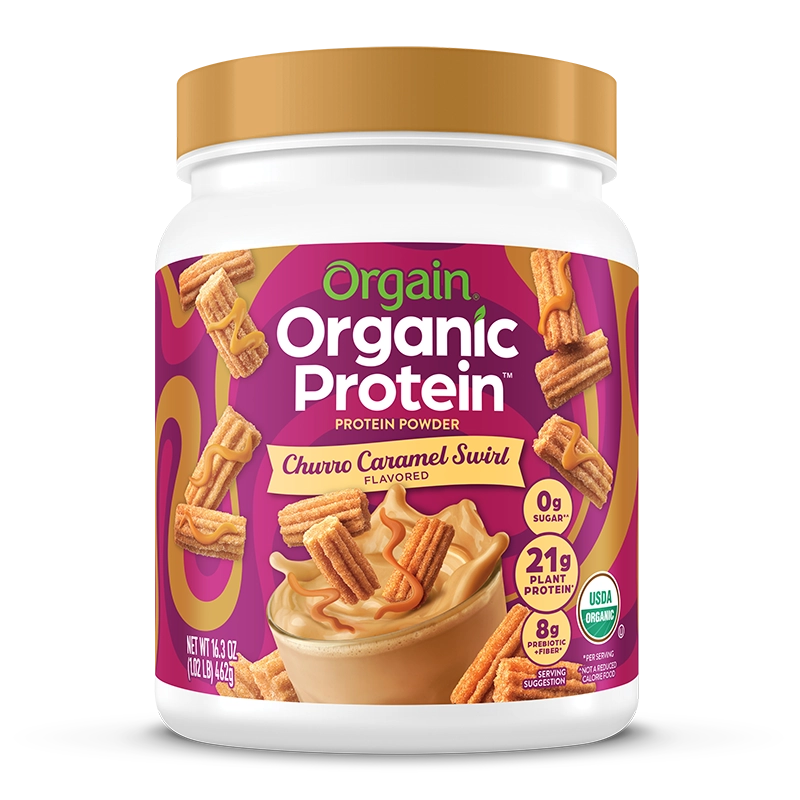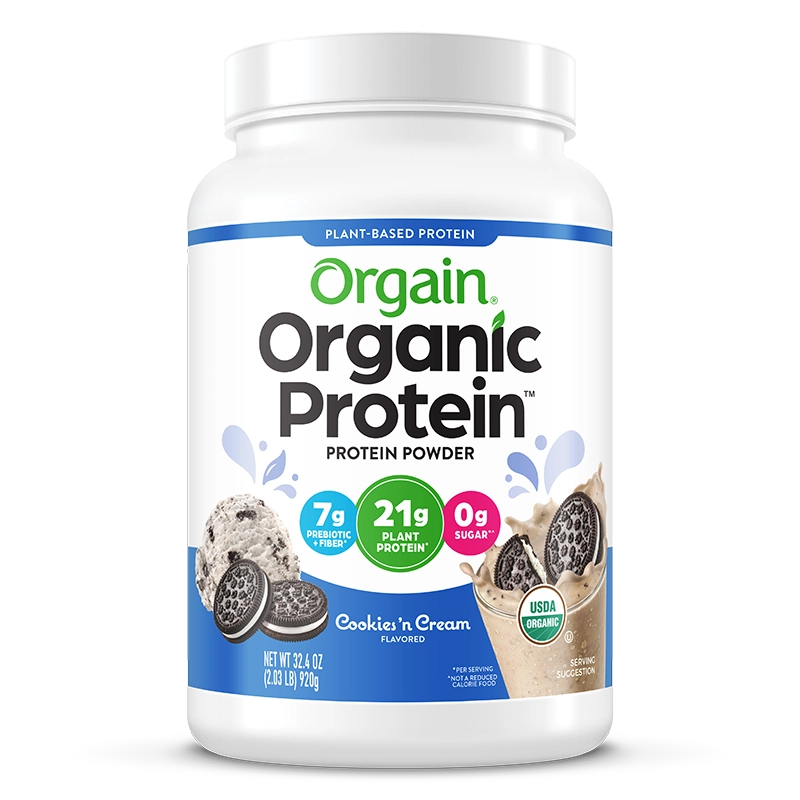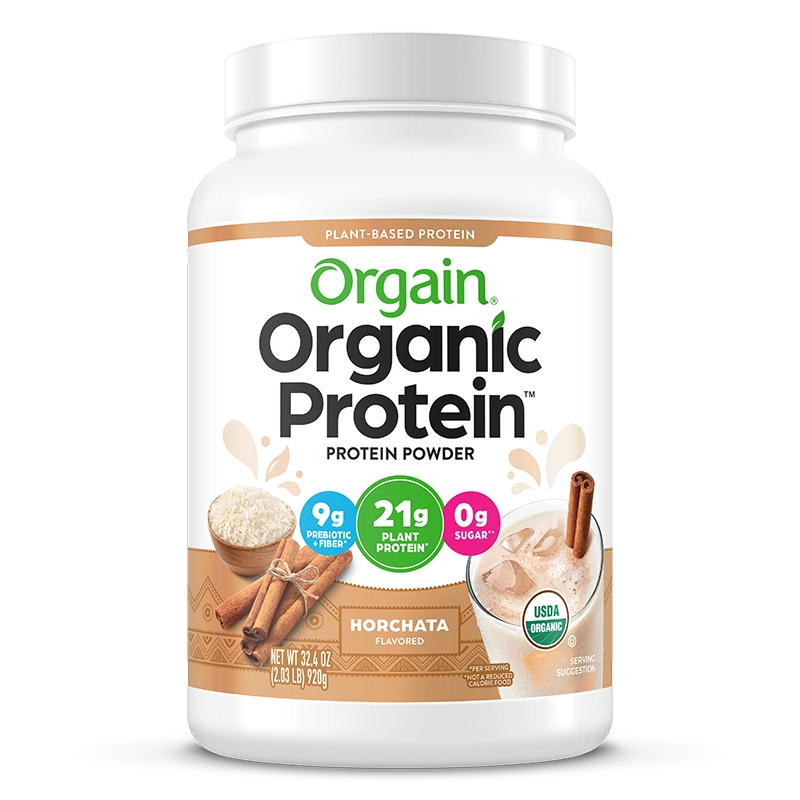If you’re looking to start a fitness routine, you may have noticed discussion about aerobic and anaerobic exercise and the benefits and risks of each. Each type of exercise can be helpful in getting you closer towards your health and fitness goals, but what is the difference between aerobic and anaerobic exercise?
What Is Aerobic Exercise?
Aerobic, or “with oxygen,” exercise is the type of exercise that most people picture when thinking about cardiovascular conditioning, also known as “cardio.”
Aerobic exercise causes the heart rate and breathing rate to increase over an extended period of time. As your breathing rate increases, the body takes in more oxygen, which is used to fuel the workout. Compared to other types of exercise, aerobic exercise uses oxygen as the primary source of fuel for the body.
As your breathing rate increases, your heart responds by beating faster. As your heart rate increases, your body pumps more blood to the muscles of the body and the lungs, carrying oxygen with it. Oxygen reaches all of the cells that need it for fuel during aerobic exercise.
In addition to using oxygen as a source of fuel for your workouts, your body also uses macronutrients taken in through your diet like glucose and fat. Aerobic exercise is the only type of exercise that burns fat during workouts; more intense forms of exercise, such as anaerobic exercise, rely solely on glucose for fuel.
Examples of aerobic exercises include:
- Jogging
- Aerobic dancing
- Cycling
- Elliptical training
- Cross-country skiing
- Brisk walking
- Swimming laps
- Rowing
- Stair climbing
In each of the above activities, the body’s heart rate is elevated for an extended period of time and sustains at that rate without rest. Because aerobic exercise is typically done at a moderate intensity, it is an excellent way to build endurance and overall fitness while working towards your health and wellness goals.
What Is Anaerobic Exercise?
Anaerobic, or “without oxygen,” exercise is done at a very high intensity for a short period of time. Unlike aerobic exercise, which utilizes oxygen as the primary source of fuel for the body, anaerobic exercise requires a quick source of fuel.
During anaerobic exercise, the body relies solely on glucose found in the muscle tissue to fuel itself. Unlike aerobic exercise, which is able to burn fat, anaerobic exercise relies on glucose for fuel because the body is able to break down glucose more efficiently than fat.
Anaerobic exercises are performed at a very high intensity (at or near maximum effort) for a shorter period of time.
Examples include:
- High-intensity interval training (HIIT)
- Calisthenic exercises, such as burpees, jumping jacks, or jump squats
- Sprinting, whether running, swimming, or cycling
- Heavy weight lifting at or near maximum effort
What Are the Benefits of Aerobic Exercise?
When your doctor tells you that you need to get more exercise, he or she is most likely referring to aerobic exercise. Aerobic exercise is associated with a wide range of health benefits, many of which are related to cardiovascular health.
Studies have shown that regular aerobic exercise lowers your risk of a heart attack, lowers your risk of developing type 2 diabetes, and lowers your risk of experiencing a stroke.
Additional benefits of aerobic exercise include:
- Helping promote weight loss and maintenance of balanced weight
- Supporting endurance and stamina
- Helps to reduce fatigue while exercising
- Possibly increased life expectancy compared to those who do not exercise
- Helps to improve mood
- Stronger immune system that more easily fights common infections like the cold or flu
- Lower blood pressure or maintenance of normal blood pressure
What Are the Benefits of Anaerobic Exercise?
Anaerobic exercise can also be useful if you are hoping to lose weight through your workouts. Because it is more strenuous, anaerobic exercise should be approached slowly if you are not accustomed to regular workouts.
People who work out regularly or are athletes can use anaerobic exercise to push through a plateau or improve performance. This type of exercise is also helpful for gaining strength.
Other benefits of anaerobic exercise include:
- Helps to improve bone density
- Increased muscle mass and strength
- Burns fat
- Increases stamina for activities you do every day, such as cleaning the house or playing with the kids
What Are the Risks of Aerobic Exercise?
Before starting a new exercise program, it’s important to talk to your doctor about what activities may be best for you based on any existing health conditions you have, particularly if it has been a long time since you last exercised or you deal with chronic issues.
If you’re new to aerobic exercise, start slowly and gradually increase the length and intensity of your exercise. It may make sense to start out by going for a leisurely 10-minute walk and add a few minutes at a time if endurance is your goal.
If you’re hoping to improve your cardiovascular conditioning, gradually increase your pace until you reach a brisk walk over the course of several sessions.
No matter what your fitness level, there is almost certainly some type of aerobic exercise that your body can benefit from.
What Are the Risks of Anaerobic Exercise?
Anaerobic exercise is performed at a high intensity near maximum effort. When thinking about the level of exertion you feel on a scale from 1 to 10, anaerobic exercise should feel like you’re working at a 7 or higher (70 percent of maximum effort or higher).
When working at such a high level, your body will only be able to maintain this level of exertion for a few minutes at a time. As a result, it is not appropriate for those who are new to fitness or who have certain medical conditions.
Before getting started with anaerobic exercise, talk to your doctor about any medical conditions that may influence the type of activities that are safe to perform.
From there, people who are new to anaerobic exercise may consider working with a certified fitness professional who can design an anaerobic workout program that gradually builds in intensity over time. A certified fitness professional like a personal trainer can also work with you to develop proper form for strength-building exercises, which reduces your chances of becoming injured.
How Often Should You Do Aerobic Exercise?
Aerobic exercise is done at a moderate intensity and has considerable benefits for cardiovascular health.
The American Heart Association recommends engaging in at least 150 minutes of moderate-intensity exercise over the course of a week (30 minutes 5 times per week).
If you prefer to engage in more vigorous activity, the American Heart Association recommends getting in 75 minutes per week, or 3 sessions at 25 minutes each.
How Often Should You Do Anaerobic Exercise?
Anaerobic exercises are done at a strenuous level of exertion and take a harder toll on the body. Unlike aerobic exercise, which can be done every day, anaerobic exercise requires more recovery time.
People who are new to anaerobic exercise should incorporate one short workout each week or every week and gradually build up to allow their bodies time to adjust. At most, anaerobic exercise should be done no more than two to three times per week with a full day of rest in between.
Summary
Aerobic exercise is exercise performed at a moderate intensity during which the body uses oxygen, fat, and glucose for fuel. This type of exercise should be done for at least 30 minutes 5 times a week and includes workouts like walking, jogging, swimming laps, and cycling.
Anaerobic exercise is exercise performed at a strenuous exertion level at which the body is only able to use glucose for fuel. Anaerobic exercise is taxing on the body and should be done no more than two to three times per week. Examples of anaerobic exercise include sprinting, lifting very heavy weights, or plyometric exercises like burpees.
Disclaimer: This is for informational purposes only and is not intended as individual or specific medical advice, nor is it intended to replace advice by your qualified healthcare provider. We strongly encourage consulting with a qualified healthcare provider about your interest in, questions about, or use of dietary supplements and what may be best for your overall health.
Sources:
Physical Activity in the Prevention and Treatment of Stroke | National Library of Medicine
